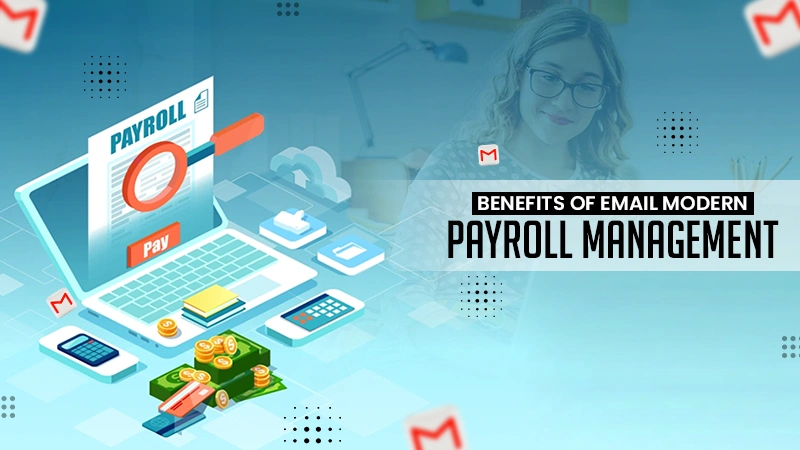What is Least Privilege Access?
You work in a company that has provided you with a user account to create backups. However, you decide to install the software. But no sooner do you attempt to do so, you receive a message informing you of access being denied.
Why did that happen?
Well, that was your company putting the principle of least privilege access into effect. Almost all companies have such a system to minimize the risk of hacking, enhance cyber security, and prevent the spread of malware. It is also known as the principle of least authority and minimal privilege.
Here are some of the things related to it that you should know.
What is Least Privilege Access?
The least privilege access security principle is a practice where the employees enjoy access only to the system’s features, applications, and resources necessary to complete their day-to-day roles. The concept is not limited to human entities and applies to systems, applications, processes, and connected devices. The most effective way of enforcing this principle is centrally managing and processing privileged credentials with flexible controls. This ensures that both users and systems comply with security standards. Furthermore, it’s important to note that 40% of breaches originate with authorized users. The build-up of excess access rights over time beyond what’s needed for a user’s role is a big risk, yet companies struggle to review access rights regularly due to their time-intensive nature.
Two Subconcepts
There are two subconcepts of least privilege access practiced in every organization and business: privileged bracketing and privileged creep.
Privileged Bracketing
Privileged bracketing refers to the practice of granting a user permission and access for the shortest amount of time, just enough for them to complete a task. Once the job has been completed, the authorization is withdrawn. Increasing a privilege causes it to become a part of the “effective privilege set” or EPS of the entire process. When access is lowered, it is removed from the EPS.
Privileged Creep
Privilege creep, also known as permission bloat, is a practice most employees know. It is a phenomenon that usually occurs in companies when employees change positions and require a modification of privileges. Not only do they have access to new systems, but they end up having access to the old ones, too, thus resulting in an “accumulation of privileges.” Having more than the required access to the overall IT infrastructure makes it vulnerable to data theft and loss. According to experts, the easy solution is to conduct regular access audits at least every six months. Doing so will ensure that users have access to only the information they need to fulfill their tasks.
What are Some Examples of Least Privilege?
Organizations can apply the principle of least privilege access to almost any part of the system, including users, networks, databases, applications, and other parts of the IT infrastructure. Here are some examples of its functioning.
User Accounts
The most obvious example is with user accounts. For instance, if an employee’s job is to feed information to a database, they require access to features that allow them to do that. However, if that particular system has been hacked or infected with malware, the attack is restricted to database entries. If that employee had higher access privileges, the attack would have spread to other departments.
MySQL accounts
MySQL is a fully managed relational database management system or RDBMS. Granting privileges to user accounts in this system allows them to perform certain operations. Access can be given to database objects like tables, indexes, and views or databases. They can also be static or dynamic. The difference is that while static privileges are inbuilt to the service, companies can adjust dynamic ones when the program is run. It’s advisable to avoid granting all the controls to an account because the hacker could wipe out the entire database if there is a cyberattack.
Just-in-time
Just-in-time most minor privilege access management, or JIT, allows users and systems to have just enough access as required for a specific time. No sooner is the task completed than the privileges are withdrawn from the system. Businesses can automate the entire process for greater efficiency and convenience, and it is highly beneficial since it drastically reduces the potential data theft time window. Companies should strictly follow this practice for users who do not require root access most of the time. Every time they need access, it will be automatically granted by the administrator or IT infrastructure. There are three types of just-in-time access: broker and remove access, temporary elevation, and brief accounts.
Having the least privilege access system in place will provide the best security in your organization and ensure that the chances of malware or cyberattacks are drastically reduced. The more systematically it is implemented, the more confident you can be of data protection and system stability.
Share













